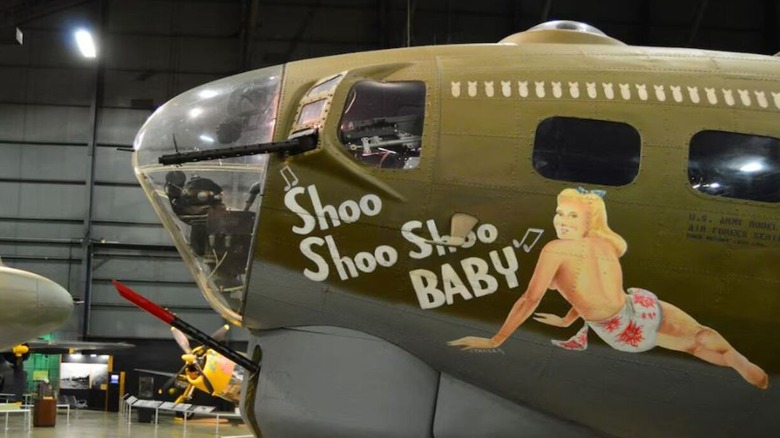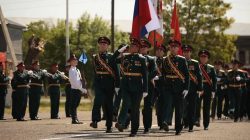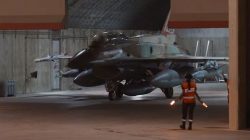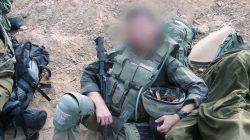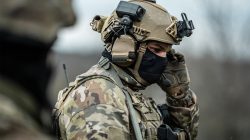The Significance of Bomb Markings on Military Aircraft
Bombers play a critical role in both strategic and tactical military operations. These aircraft are designed to target infrastructure that can cripple an opponent’s industrial capabilities, disrupt supply lines, and create a path for ground offensives. During World War II, bombers were essential components of the Allied war effort, serving as versatile weapons that could support coordinated operations and weaken enemy resistance. This contribution was instrumental in securing Allied victory.
One notable feature of both historical and modern bombers is the presence of bomb drawings or markings on their sides. These visual symbols serve as a record of the aircraft’s accomplishments and are typically found on the fuselage, near the nose or cockpit. Known as a bomb tally, these markings can represent various elements such as the area of operation, the type of bombs used, or significant milestones achieved by the crew.
In addition to bomb marks, other symbols are often included on military aircraft. These can depict destroyed enemy ships, planes, or even trains and missiles, signifying the defeat of hostile targets during missions. Such markings not only document achievements but also serve as a source of pride for the crews who operate these aircraft.
Origins of Kill Markings on Aircraft
The tradition of kill markings on aircraft dates back to World War I, when aerial warfare was first used on a large scale. Initially, pilots used small arms like pistols and rifles, but as technology advanced, so did the need for a way to identify unit affiliation and pilot achievements. Kill markings emerged as a means to track successful engagements and recognize individual and collective accomplishments.
Over time, the design of kill marks became more varied as more countries adopted this practice. These symbols evolved into a form of personal expression and a way to celebrate victories, especially during times of conflict.
Nose Art: A Symbol of Identity and Morale
Kill markings and mission symbols are part of what is known as “nose art” on military aircraft. This form of decorative painting or illustration was intended to personalize the aircraft and boost crew morale, particularly during wartime. Nose art became especially popular during World War II, as bomber crews developed strong bonds with their planes and sought to express themselves through these unique designs.
Nose art often featured humorous, sentimental, or suggestive themes, reflecting the personalities and experiences of the crew members. Some of the most iconic World War II-era bombers, such as the B-24 Liberator, the B-17 Flying Fortress, and the Avro Lancaster, showcased these distinctive markings.
Modern aircraft have also been seen with similar bomb marks. For example, the A-10 Warthog and the F-117 Nighthawk, one of the first stealth aircraft, have carried these symbols as a nod to tradition.
Naval Vessels and Victory Marks
The practice of displaying kill marks was not limited to aircraft. Naval vessels that fought in World War II also adopted this tradition, borrowing it from naval planes. These ships would display silhouettes of defeated enemy vessels, showcasing their achievements in battle. Today, U.S. naval forces continue to use victory marks as symbols of successful engagements.
The Evolution of Bomber Technology
As aircraft technology has advanced, contemporary bombers have become more lethal and effective. The B-2 Spirit, for instance, is a highly advanced stealth bomber that exemplifies modern military capabilities. Despite its technological superiority over earlier models from the World Wars, the bomber’s fundamental role remains unchanged.
With this role comes the tradition of adorning aircraft with victory markings. However, while many U.S. military aircraft, including bombers, no longer prominently display these marks as they did during previous conflicts, some units still choose to do so in specific situations, often to commemorate successful encounters.
The Legacy of Military Symbols
Although the use of kill marks has declined in recent years, their historical significance remains. These symbols represent not just military achievements but also the spirit and camaraderie of those who served. Whether on aircraft or naval vessels, these markings tell stories of courage, sacrifice, and victory. As technology continues to evolve, the legacy of these symbols endures, serving as a reminder of the past and the values that define military service.

